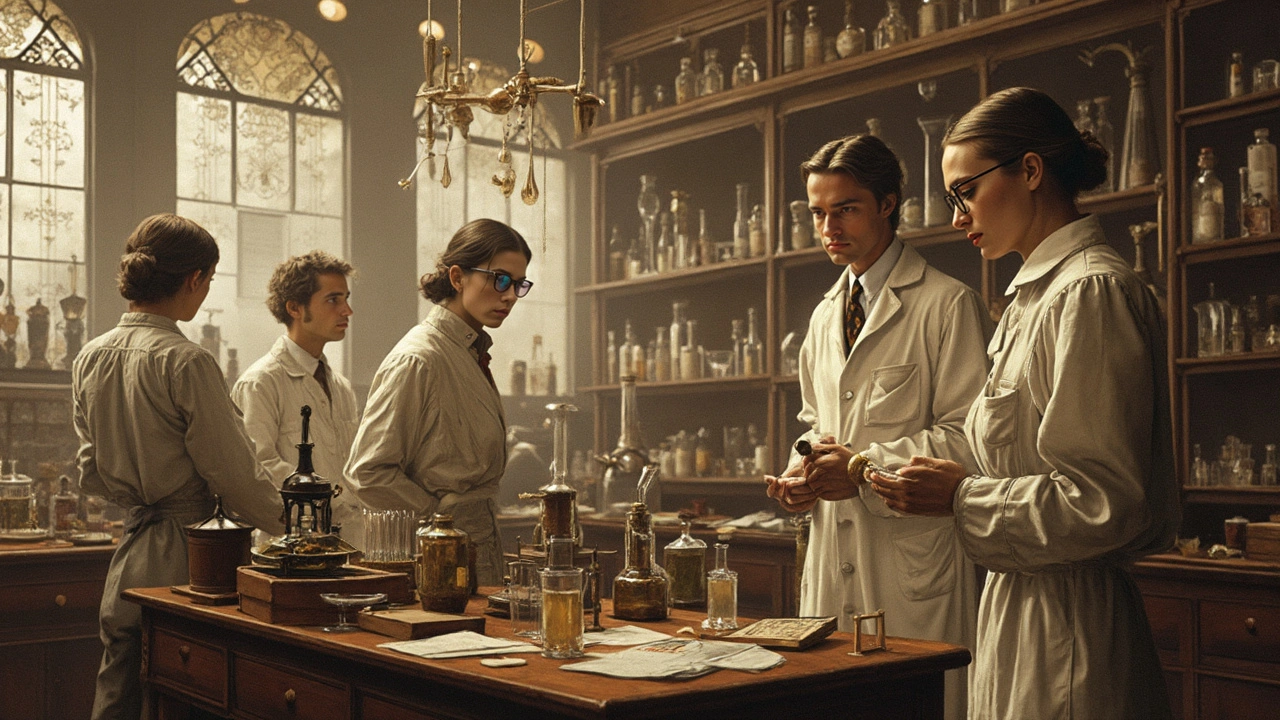Hydroquinone – What It Is, How It Works, and How to Use It Safely
If you’ve ever Googled “how to get rid of dark spots,” you’ve probably seen hydroquinone mentioned a lot. It’s a chemical that skin‑care brands use to fade hyperpigmentation, melasma, and age‑related brown patches. In simple terms, hydroquinone slows down the production of melanin, the pigment that gives skin its color. Less melanin means lighter spots and a more even skin tone.
Typical Uses and When It Helps Most
Most dermatologists recommend hydroquinone for:
- Post‑inflammatory hyperpigmentation (the dark marks that linger after acne or a wound).
- Melasma – those stubborn brown patches that often appear on the cheeks, forehead, or upper lip.
- Sun‑induced spots, also called age spots or liver spots.
It comes in creams that are usually 2% (over‑the‑counter) or 4% (prescription). You apply a thin layer to clean, dry skin once or twice a day, depending on your doctor’s advice. Most people start seeing results after 4‑6 weeks, but the full effect can take up to three months.
Safety Tips, Side Effects, and Alternatives
Hydroquinone works well, but it isn’t risk‑free. The most common complaints are mild irritation, redness, or a burning feeling. A small group of users develop a condition called exogenous ochronosis – a darkening of the skin that looks the opposite of what you wanted. To keep the risk low, follow these basics:
- Only use the amount you need – a pea‑size dab per area is enough.
- Limit use to 3‑4 months, then take a break for at least the same length of time.
- Always wear sunscreen (SPF 30 or higher) while using hydroquinone. Sun exposure can undo the lightening and increase irritation.
- If you notice severe redness, swelling, or a new dark patch, stop using it and see a dermatologist.
For people who can’t tolerate hydroquinone, there are several alternatives that work by similar mechanisms:
- Azelaic acid – a gentler option that also fights acne.
- Kojic acid – a natural fungus‑derived brightener.
- Vitamin C serums – antioxidants that brighten skin over time.
- Niacinamide – a form of vitamin B3 that reduces pigment transfer.
These alternatives often need longer to show results, but they carry fewer side effects. If you’re unsure which route to take, a quick chat with a skin‑care professional can save you months of trial and error.
Bottom line: hydroquinone can be a powerful tool for fading dark spots when used correctly. Keep the treatment short, protect your skin from the sun, and watch for any irritation. If you experience problems, switch to a milder brightener and give your skin a break. With the right approach, you’ll see a smoother, more even complexion without unnecessary risks.
The History of Hydroquinone: Tracing Its Origins and Evolution
Mar, 16 2025
Delve into the fascinating journey of hydroquinone, from its early applications to its role in modern skincare. Discover how this compound became a staple in targeting hyperpigmentation and explore its safety and efficacy. Learn about its cultural impact and the evolving regulations that shape its use today.
Read Article→
